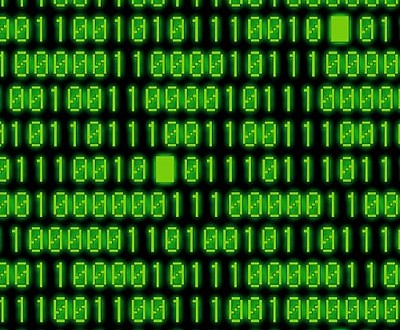

In this tutorial, you’ll learn various ways to insert bullet points in Excel.
#Easy numbering for pc software
On the whole, I encourage software developers to avoid confounding users with version numbers. Of those three, how many are actually useful to users? How many are useful to developers?

So Microsoft Office version numbers end up containing three relevant bits of data: So, the final build of Office 2003, 5608, was made on August 8, 2003. For Office 2003 and XP both, "Month 1" was January 2000. 3417 = October 17, 2005, which was the date on which Office 12 build 3417 started. Therefore, "Month 34" would be October 2005. So, if you have build 3417, you would do the following math: "Month 1" was January 2003.
#Easy numbering for pc code
These are what we refer to as the "build number." Every few days during the development cycle, we compile all of the code in Office and turn it into a "build": essentially an installable version of all the work everyone's done up until that point. The most interesting thing to watch for is the first 4-digit number you encounter. Jensen Harris explains the Microsoft Office version numbering scheme: In the event of a software problem- if, on the battlefield, you hear someone screaming "medic!"- it is useful to consult the dogtags so you know exactly what version of the software you're dealing with.īut software version numbers, even arbitrarily detailed programmer version numbers, can't seem to avoid dates, either. Like dogtags, they're primarily designed for use in the event of an emergency. Personally, I like to think of version numbers as dogtags for your software. And partly because programmers never met a piece of arbitrarily detailed metadata they didn't love. And even if it was, what does all this meticulously numbered version data get us? What does it mean? Why have version numbers at all? It's partly because version number is an expected software convention. (Major version).(Minor version).(Revision number).(Build number)īut it's hardly universal.

Here's a quick survey of version numbers for the software running on my machine at the moment:Īs you can see, there's not even a commonly accepted pattern for version numbers. And Firefox 2007 would be a much better name than Firefox 2.0 for all the same reasons.īut version numbers live on, at least for programmers. Microsoft Office 2003 is a far more meaningful name than Microsoft Office 11. Once you get beyond ten versions, what's the point of meticulously counting every new release? Better to stamp it with a date and move on. Why should it take two arbitrary numbers and a decimal point to identify what software you're using? We identify tons of consumer products using a simple model year designator. A simple date is the most direct way to communicate this to the user. what does it all mean? What users might care about is knowing whether or not the software they're running is current.
#Easy numbering for pc upgrade
At the time, it seemed like a radical, unnecessary change - naming software with years instead of version numbers? Inconceivable! How will users of Windows 3.1 possibly know what software version they should upgrade to? I remember when Microsoft announced that Windows 4.0 would be known as Windows 95.


 0 kommentar(er)
0 kommentar(er)
